Ashenda Celebration increases tourist flow to Tigray
Addis Ababa, Ethiopia – The cultural and religious celebration of Ashenda increases tourist flow to Tigray regional state, Culture and Tourism bureau of the region disclosed.
Tourism development work process head with the bureau, Yemane Gedlu, told WIC that the Ashenda celebration in Tigray has attracted numerous foreign visitors and diaspora families of the region.
According to Yemane, 659,800 tourists have visited the region in the concluded budget year, among which 600,000 were foreign tourists.
The number of tourists in 2007 EC has increased by 352,000 as compared to 2006, said Yemane. The sustainable peace and development ensured at regional and national level has contributed for the increment in the flow tourists.
Tigray regional state is endowed with tremendous religious, historical, cultural and natural heritages,Yemane noted. Particularly tourist destinations in Aksum, Mekele, Yeha, Wekero and Hashenge have highly attracted foreign visitors, he added.
Source: Walta
About Ashenda
Ashenda or Shadey (Tigrinya: ኣሸንዳ, Agaw language: ሻደይ) is a festival celebrated in August (G.C.) in the Tigray and Amhara regions of Ethiopia, and in neighbouring Eritrea.[1][2] Ashenda marks the end of a two-week-long fast known as Filseta (Ge’ez: ጾመ-ፍልሰታ) when adherents of the Ethiopian Orthodox Tewahedo Church/Eritrean Orthodox Tewahedo Church gather to honour the Virgin Mary. The word “Ashenda” is currently used both in Amharic and Tigrigna languages to denote a vertical sewerage channel that passes water down to the ground from the top of a roof. In the Khimra sect of Agew, Ashenda means the “tall green grass”, estimated at around 80–90 cm minimum height that girls wear around their waists during the holiday. In the tradition of this religious festival, blades of grass are strewn on the floors of homes and shops as a kind of welcome mat. The festivity of Ashenda has no common name throughout the country. For instance,
- In Enderta, historically it is known as Ashenda (Tigrinya: ኣሸንዳ), and is colorfully celebrated on August 16-21.
- In Wag Hemra zone it is called Shaday (ሻደይ), and in Raya Kobo it’s known as Solel (ሶለል). It is celebrated on August 16
- In Adigrat town it is called Mariya (ማርያ). It is celebrated August 15–17
- In Aksum town it is called Ayniwari (ዓይኒዋሪ). It is celebrated August 23–25
This cultural festivity was originated from two historical legends that occurred in different periods. These were;
- The sacrification of Jehphttah’s daughter by her own father as cited in the Book of Jedges, the Old Testament
- The ascension of Virgin Mary (mother of Jesus); see Dormition of the Mother of God
The festival of Ashenda has cultural, religious and economic importance, and encourages industriousness. Once traditionally a girls’ festival, it has since gained widespread recognition and popularity in the northern part of the country and among communities of the Ethiopian diaspora.
Source: Wikipedia

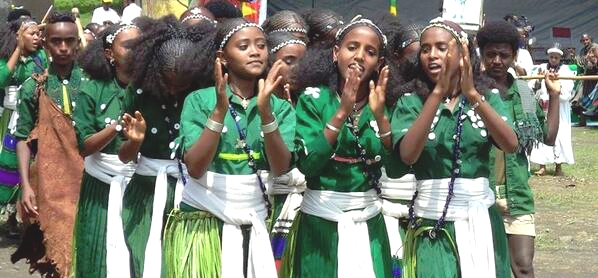
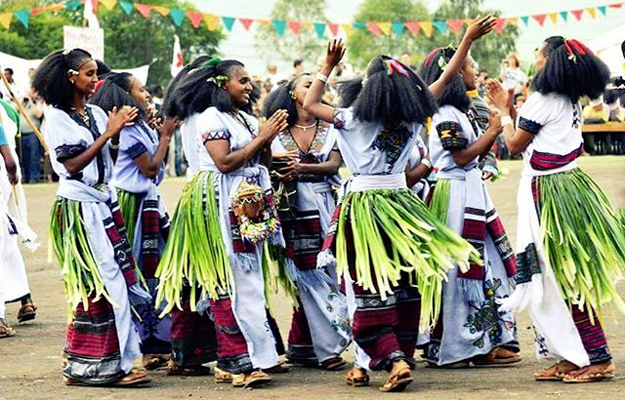
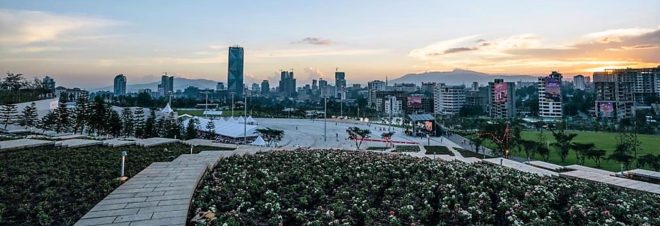
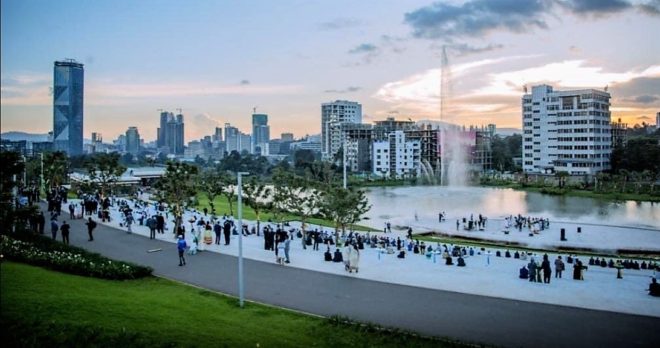
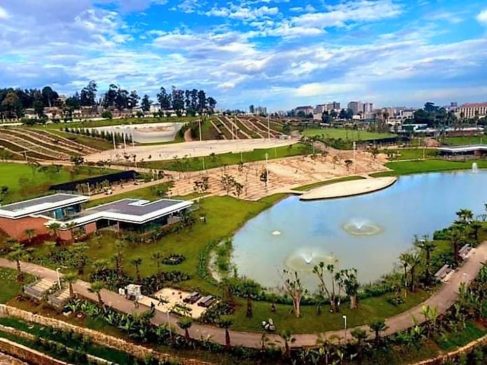
remarkeble